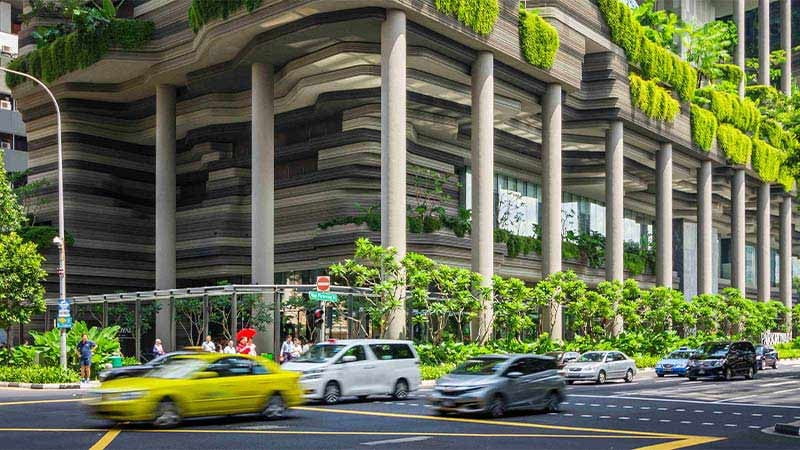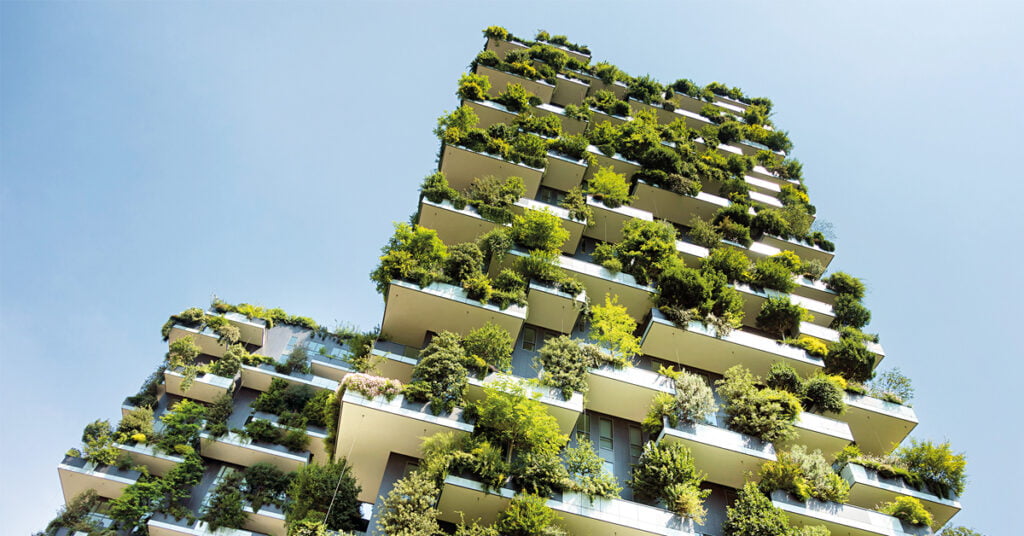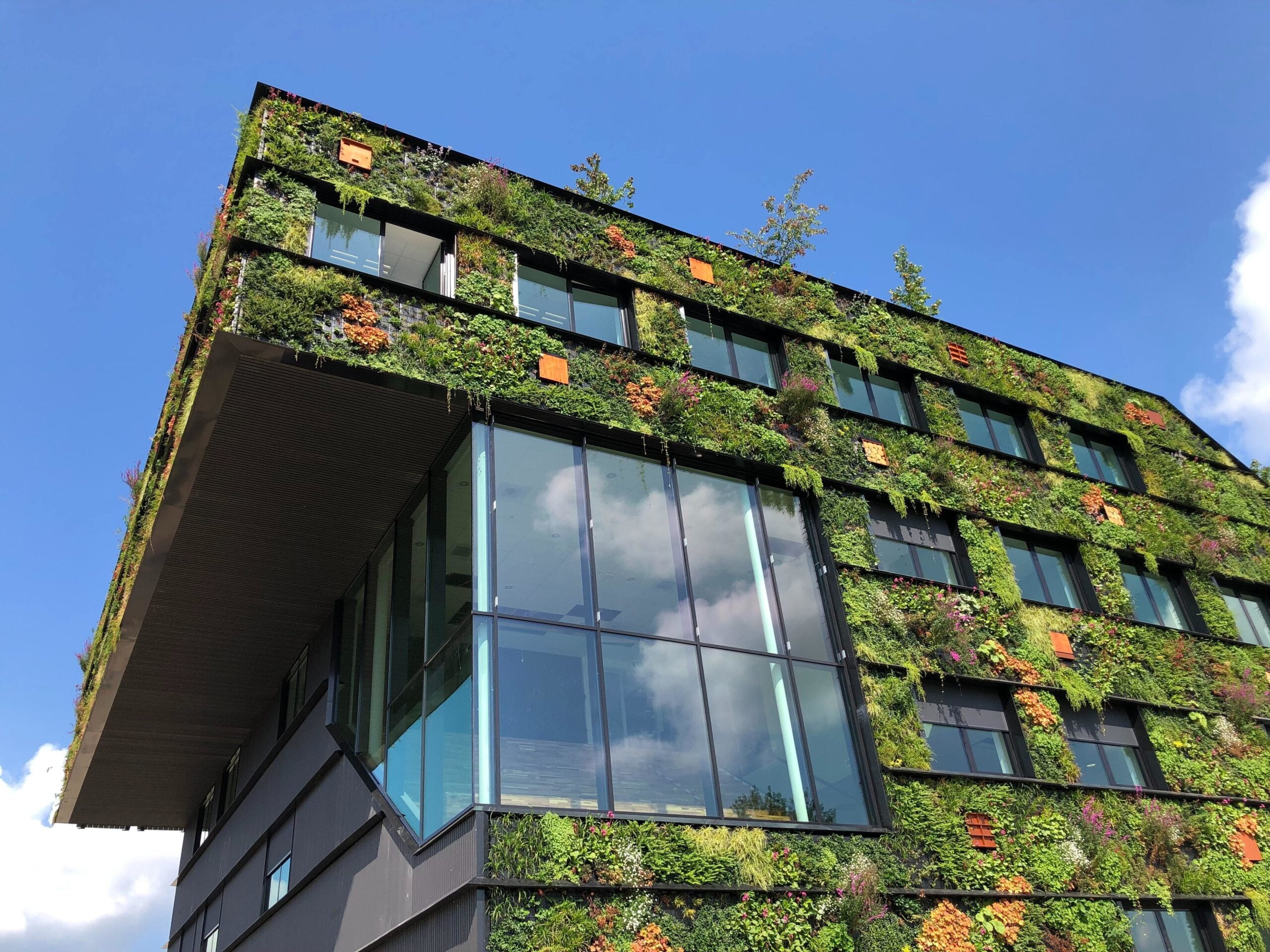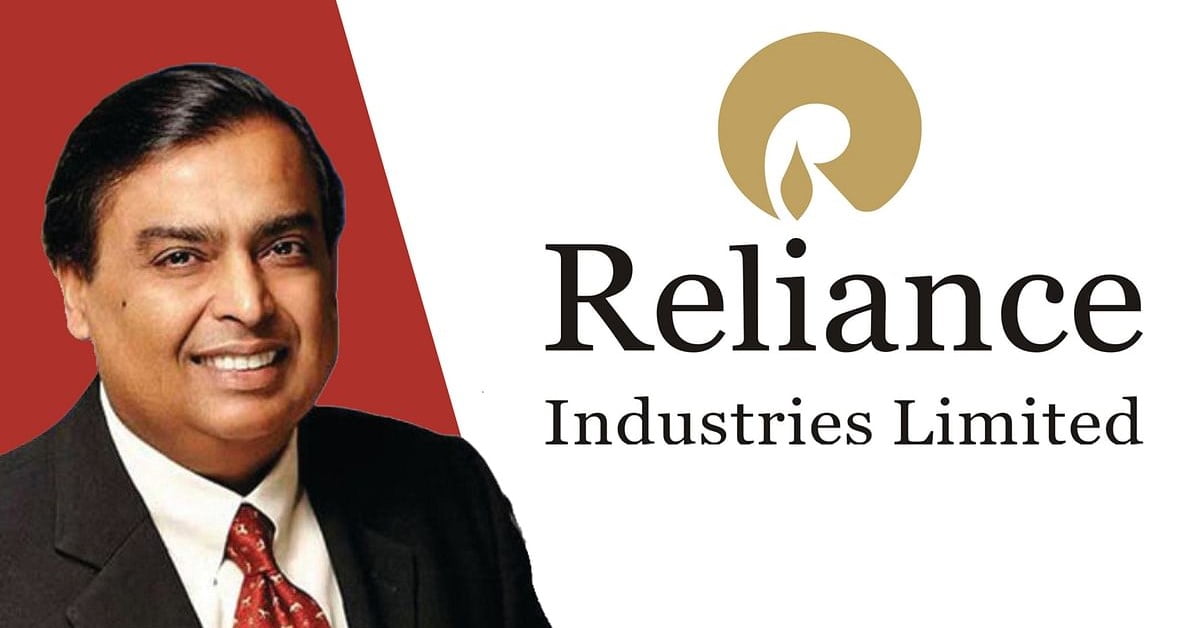Green Real Estate developers can contribute significantly to mitigating the damaging effects of global warming on the environment. By adopting sustainable development practices and constructing green buildings, they can reduce carbon emissions and energy consumption, as well as promote efficiency.
Growing Trend of Eco-Friendly Architecture
Green buildings, also called sustainable buildings, are structures designed to have a minimal impact on the environment. They are built using eco-friendly materials, systems that use less energy, and technologies that conserve water.
Apart from being environment-friendly, these buildings prioritize the health and comfort of their occupants by providing a safe and comfortable indoor environment.
With Green Buildings, real estate developers are not only focused on conserving energy and reducing emissions during construction but also on creating buildings that can generate more energy than they consume.
They aim to build structures that run entirely on renewable energy sources like solar power or wind turbines.

Environmental Benefits in Green Real Estate Development
Architects are using modern architectural designs to help real estate developers achieve sustainability and reduce energy consumption.
They are incorporating windows and walls that capture natural light and disperse it throughout the building, which eliminates the need for artificial lighting or cooling systems.
Additionally, architects are leveraging technological advancements such as geothermal heating, solar panels, wind turbines, and rainwater collection systems to help developers stay aligned with their environmental objectives.
These strategies enable Green real estate developers to meet sustainability standards while reducing energy usage.
Eco-Friendly Landscaping Practices
To develop sustainable green buildings, it is important for landscapers to incorporate sustainable practices in their work. This includes not only using plants but also hardscape materials such as stone, brick, and concrete in an eco-friendly manner.
One example of sustainable landscaping is the use of permeable pavement. This type of pavement can help reduce stormwater runoff, improve water quality, recharge groundwater supplies, and lower the urban heat island effect by allowing water to evaporate and cool the surface. It can also provide a more durable and long-lasting pavement surface as water infiltration helps prevent cracking and potholes.
Another sustainable landscaping practice is the use of green roofs. These roofs have become more popular due to their insulation and energy-saving potential. They can also help filter dust particles from the air, thus improving air quality in urban areas worldwide.
Read this also: 14 Million Jobs Could Disappear In the Next 5 Years: WEF Report

The financial advantages of embracing sustainable development
Sustainable construction, also known as green building, offers various advantages besides being eco-friendly. The following are some of the benefits of investing in green buildings:
- Lower Building Costs: Green building materials are often less expensive than traditional materials as they use fewer resources and require less energy to manufacture.
- Increased Return on Investment (ROI): Using higher quality materials in sustainable construction can increase the value of real estate, leading to a higher overall ROI.
- Tax Incentives: Many communities offer tax credits or deductions to owners who use renewable materials during building or renovation projects.
- Improved Health: Sustainable construction can result in better indoor air quality due to improved insulation and ventilation systems, which can reduce long-term health costs.
Read this also:











